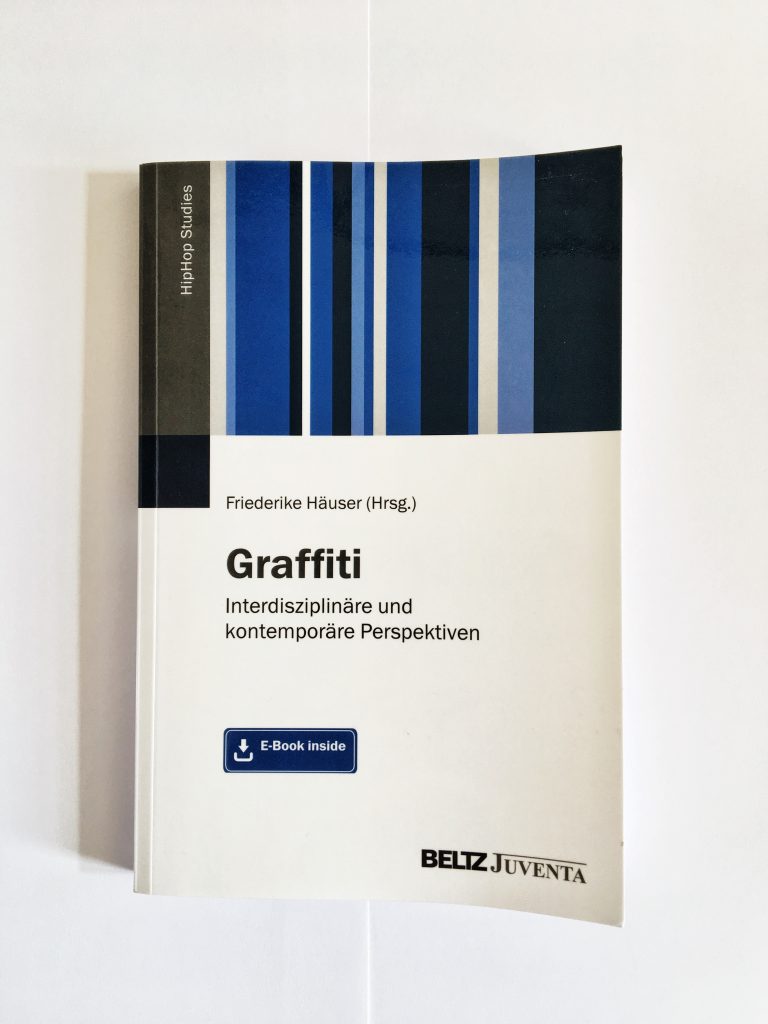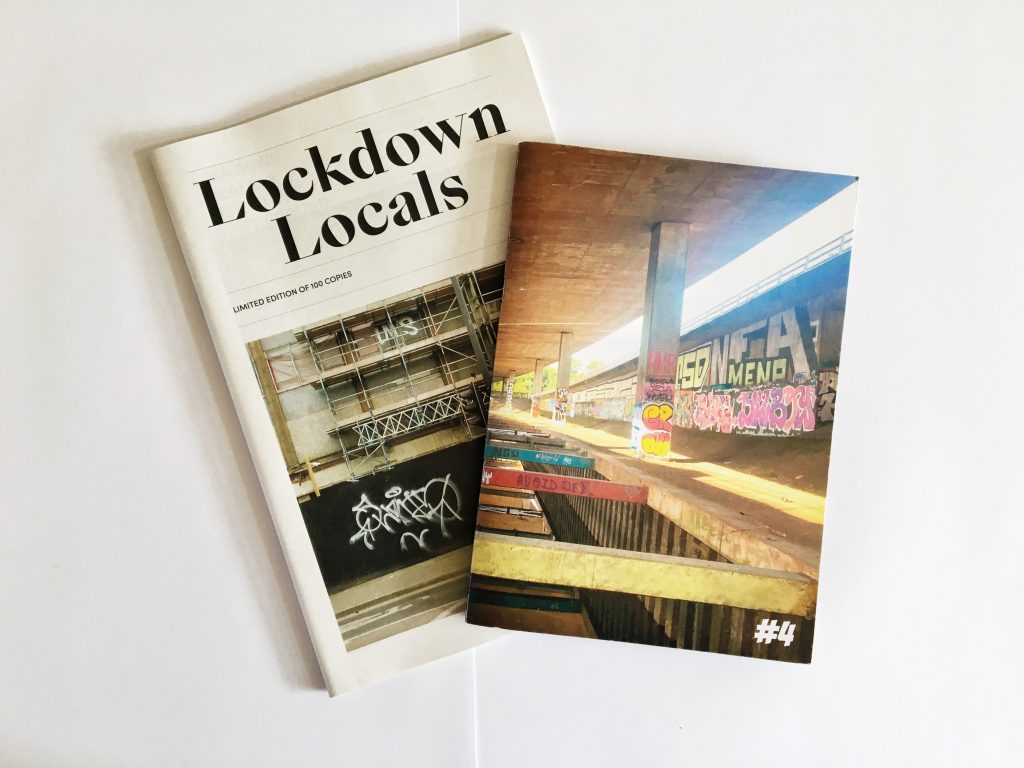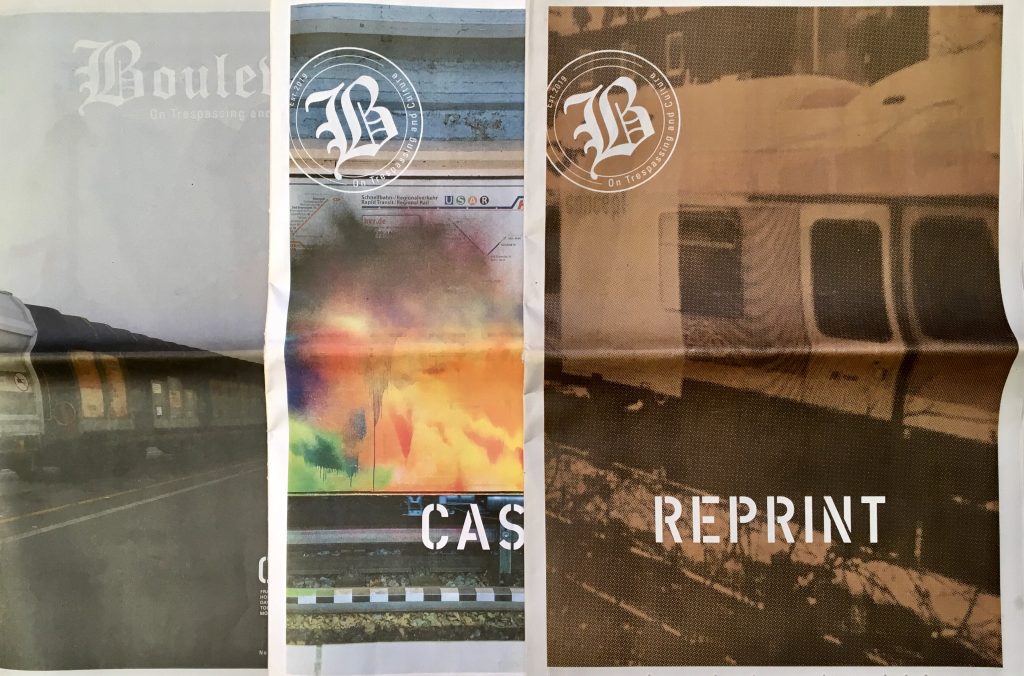Graffiti is a new collection put together by Friederike Häuser which, as its German subtitle suggests, seeks to provide a range of contemporary and interdisciplinary perspectives on the topic. In his forward to the book Jeffrey Ian Ross explains that the publication is one of an ever increasing body of contributions there are on the subject. Containing fifteen chapters, ranging across diverse topics, I’ll just focus on those written in English.









